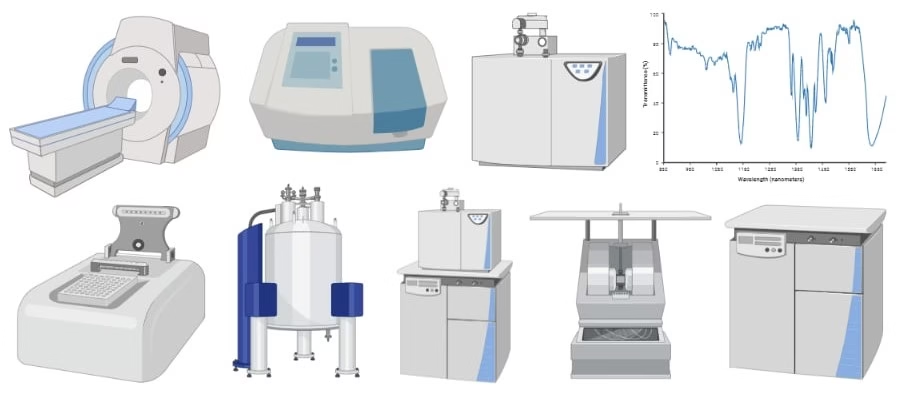X-Ray Spectroscopy – Definition, Principle, Working, Instrumentation, Applications, Advantages & Limitations
X-Ray Spectroscopy is a powerful analytical technique used to identify and study materials by their X-ray emissions. Learn its principle, parts, working, applications, advantages, and limitations in detail.

